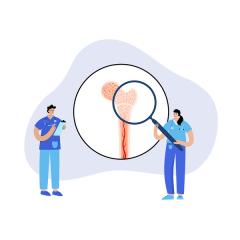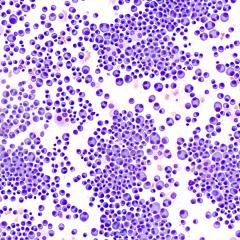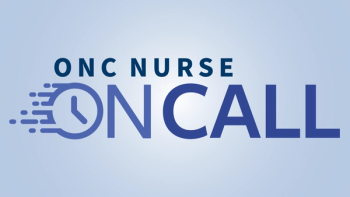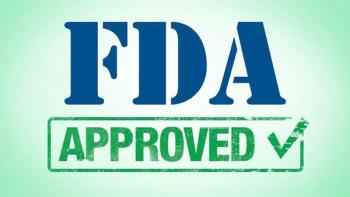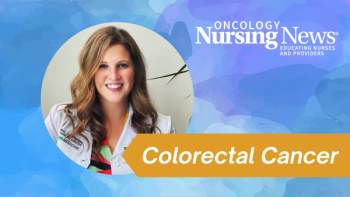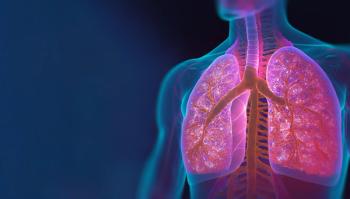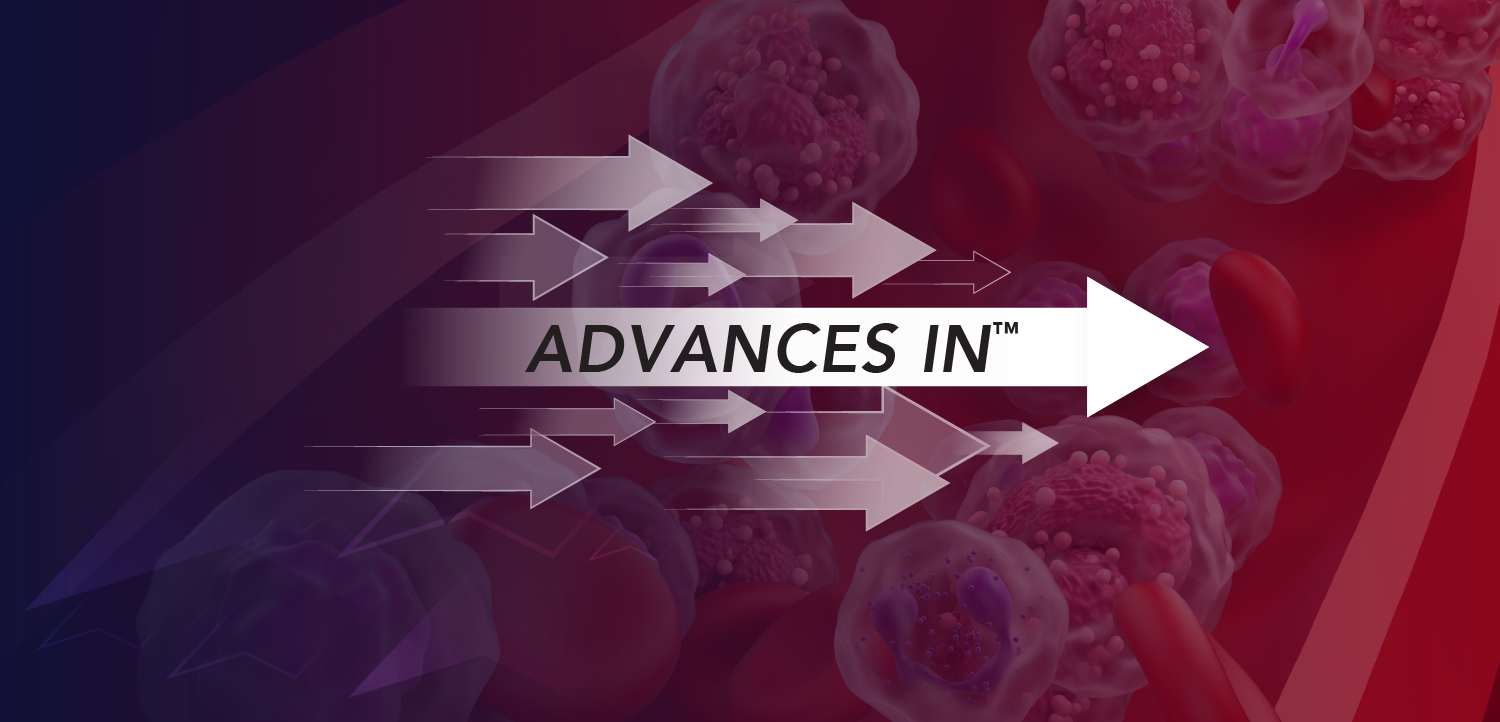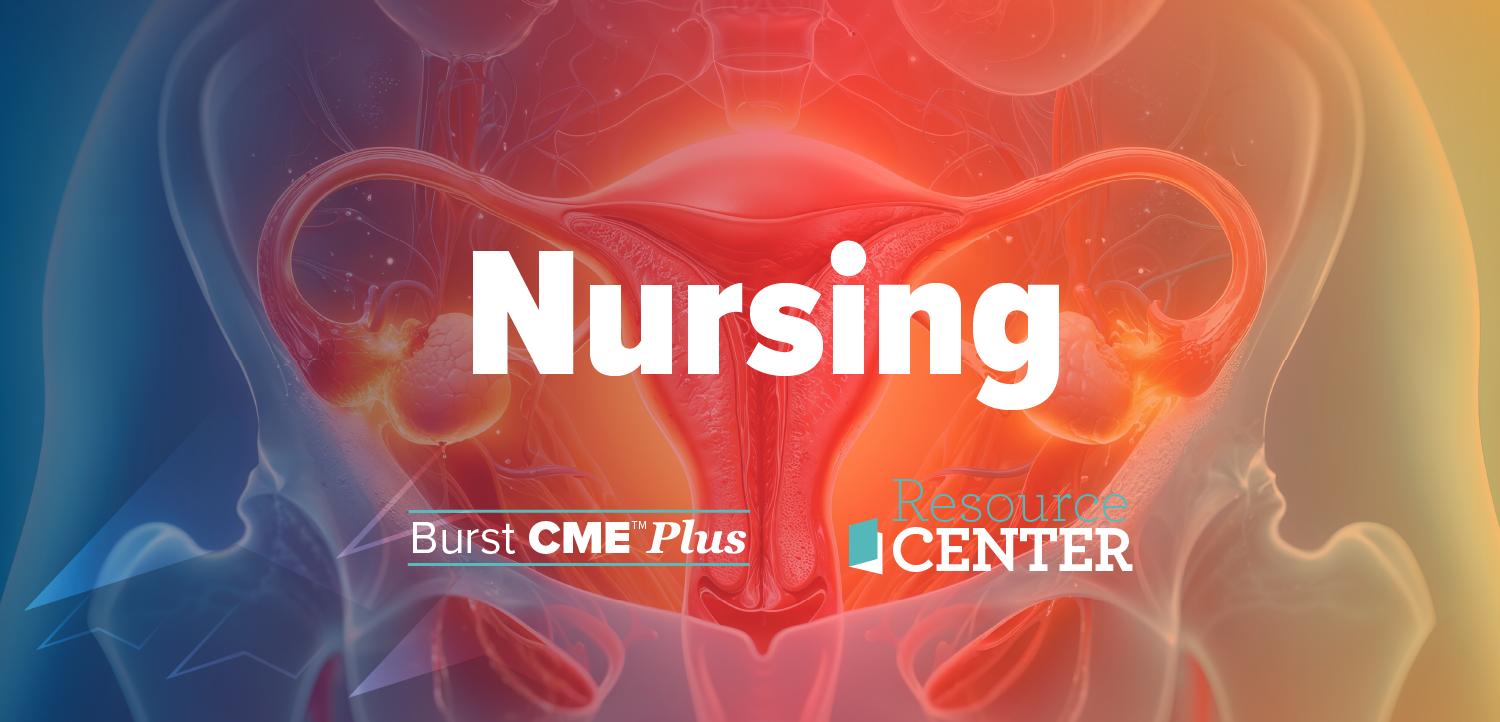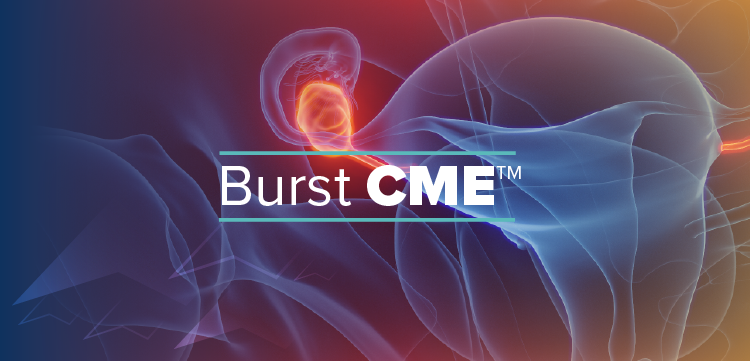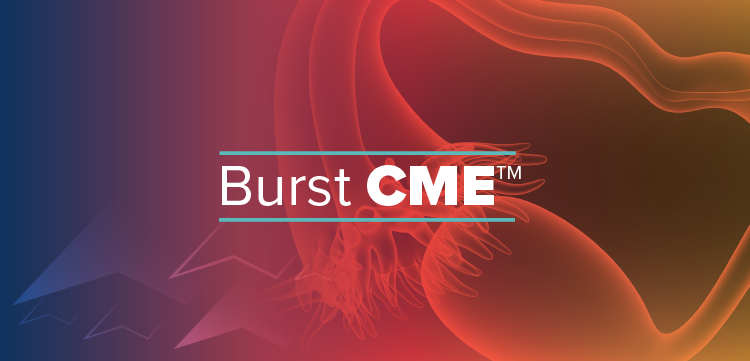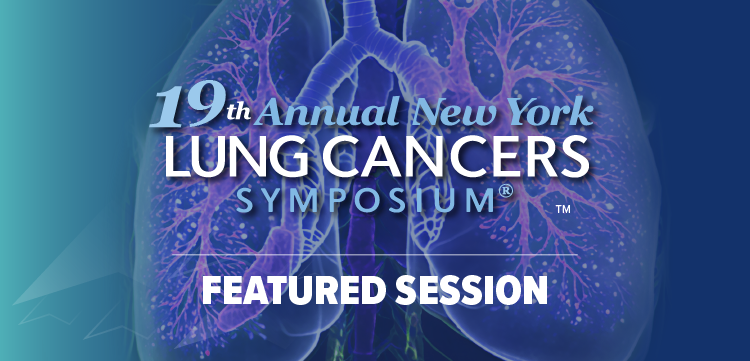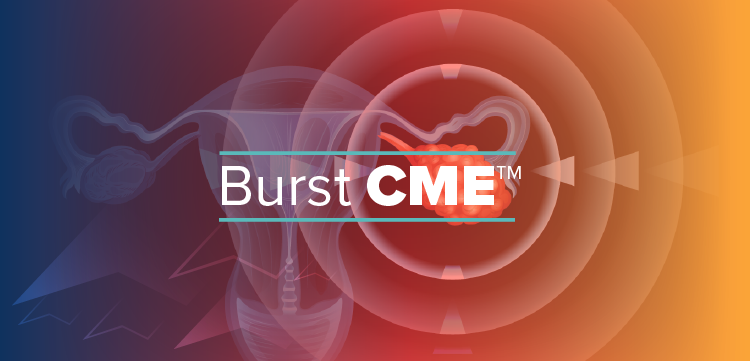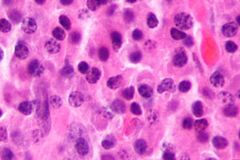
CAR T-Cell Therapy May Be Moving Up in Myeloma Treatment Sequencing
CAR T-cell therapy is starting to enter treatment conversations sooner with patients with multiple myeloma, according to Nick Barkemeyer, PA-C, MMS.
Episodes in this series

The conversation around sequencing for multiple myeloma is still a work in progress, according to bone marrow transplant specialist Nick Barkemeyer, PA-C, MMS, of the Centennial Center for Blood Cancers Clinic in Nashville, Tennessee. However, CAR T-cell therapies are emerging sooner as confidence around their use grows among providers.
In an interview following a Community Case Forum with Oncology Nursing News, Barkemeyer, who moderated the discussion with his peer oncology advanced practice providers, emphasized that CAR T-cell therapy provides a strong and effective option for multiple myeloma following bone marrow transplant.
While patients and providers alike may harbor hesitation, whether due to unfamiliarity with the treatment type or worries that it may be too strong to start with compared with more traditional cancer treatment options, CAR T-cell therapy is becoming a more immediate line of therapy in many cases.
As Barkemeyer pointed out, variation in sequencing may also have to do with the type of clinic at which patients are treated. For instance, providers at specialized clinics such as the one where Barkemeyer works, are more likely to have experience with CAR T-cell therapies and may be more likely to recommend it for a patient than providers who work at a community clinic.
Transcript
We’re bringing [CAR T-cell therapy] into the conversation much earlier now than we used to, especially with the
We [at the Centennial Center for Blood Cancers Clinic] are starting to implement [CAR T-cell therapies] much sooner, being the type of facility that is heavily involved in the research, and we’re the
I even mentioned this in the program. Some of your savvier patients will make an argument such as, “I want to do all my traditional options first before I consider an immunotherapy like CAR T-cell therapy because that seems like it’s a really good option, but I don’t want to use it up too soon.”
The community really hasn’t gotten a firm grasp on what the
This transcript has been edited for clarity and conciseness.
Newsletter
Knowledge is power. Don’t miss the most recent breakthroughs in cancer care.



